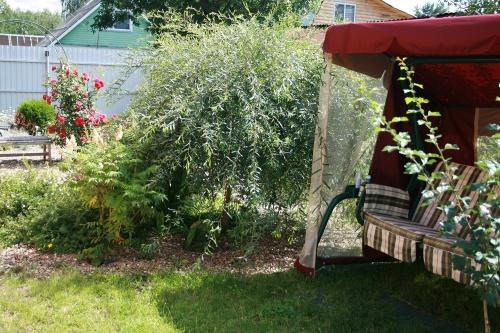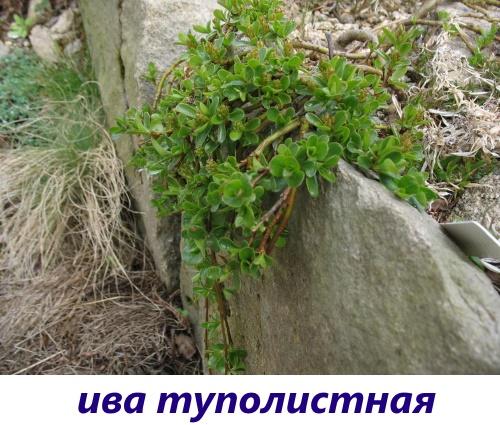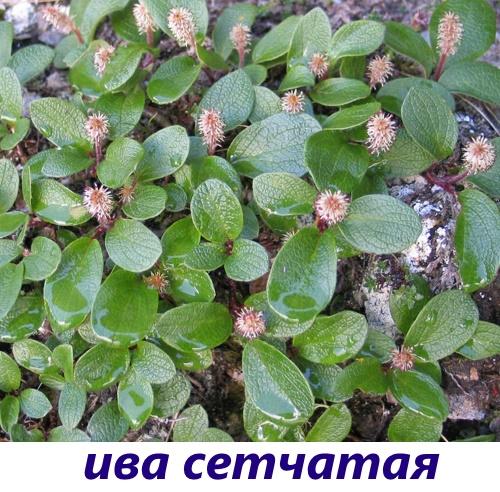What kind of willow to plant in the country - choose compact varieties
 Many of us, hearing about a willow, imagine tall trees with a beautiful weeping crown. It is quite understandable that not everyone can afford such beauty. The size of the site often does not provide the possibility of growing tall crops. However, today breeders have bred many compact and no less beautiful species. So, thinking about what kind of willow to plant in the country, you can find quite a lot of suitable varieties even for modest areas.
Many of us, hearing about a willow, imagine tall trees with a beautiful weeping crown. It is quite understandable that not everyone can afford such beauty. The size of the site often does not provide the possibility of growing tall crops. However, today breeders have bred many compact and no less beautiful species. So, thinking about what kind of willow to plant in the country, you can find quite a lot of suitable varieties even for modest areas.
Willow will not only decorate the site and help preserve its original natural appearance. From it, a decorative hedge is obtained, and also a culture - an excellent honey plant and a whole "supermarket" for subsidiary farming. Rabbits and the goats will happily chew on the willow twigs left over after pruning.
The species diversity of willow allows you to choose a plant for yourself not only in appearance. Among them there are varieties that prefer moist places, and willows that are not demanding on soil moisture.
What kind of willow to plant in the country: dwarf species for modest plots
Perhaps the most popular are willows of the most modest sizes. They will decorate an alpine slide, emphasize the naturalness of a common flower bed and are good even in solo planting.
Among the dwarf species are the following willows:
- Dull-leaved. Creeping bush no more than 30 cm high. Shoots are brown, leaves are shiny, oval, sitting on short petioles.

- Mesh. Branched shoots, creeping, up to 50 cm long, brown. The leaves are small, ovate, leathery, with an embossed pattern from a mesh of veins.

- Herbaceous. The maximum height of the creeping bushes is 15 cm, the leaves are round. Young stems are yellow, eventually turn brown.

Dwarf willows are also good because they can be grown in the northern regions. Bushes winter well and are not afraid of frost.
Low-growing compact willows for a private garden
Even in the smallest dacha, you can always make room for a bush or tree up to 4 m high. Even horticultural crops will take up more space than willows such as:
- Hakuro-Nishiki whole-leafed. An original variegated variety up to 1.5 m high with the same crown diameter. It grows as a bush or standard tree as a result of vaccination. A characteristic feature is white-green leaves, which acquire a pink tint at the tips of the shoots. Demanding on moisture and lighting. Bush forms winter well, and standard ones need to be covered in the central strip.

- Purple Nana. Shrub up to 1.5 m high with a spherical crown about 2 m in diameter. Shoots are thin, red-brown, catkins also have red stamens. The foliage is silvery-green, turning gray by summer. It tolerates drought and winter well, but loves the sun.

- Ural (Sverdlovsk) winding. The maximum height of the tree is 4 m, the shoots are twisted like a spiral, the leaves are also slightly wavy. The crown is weeping, but poorly expressed. Young twigs are yellowish, turn red over time.Frost-resistant, unpretentious.

To maintain a well-groomed appearance, it is necessary to prune the willow annually, giving the crown the desired shape. All plant species reproduce well by cuttings that take root quickly.